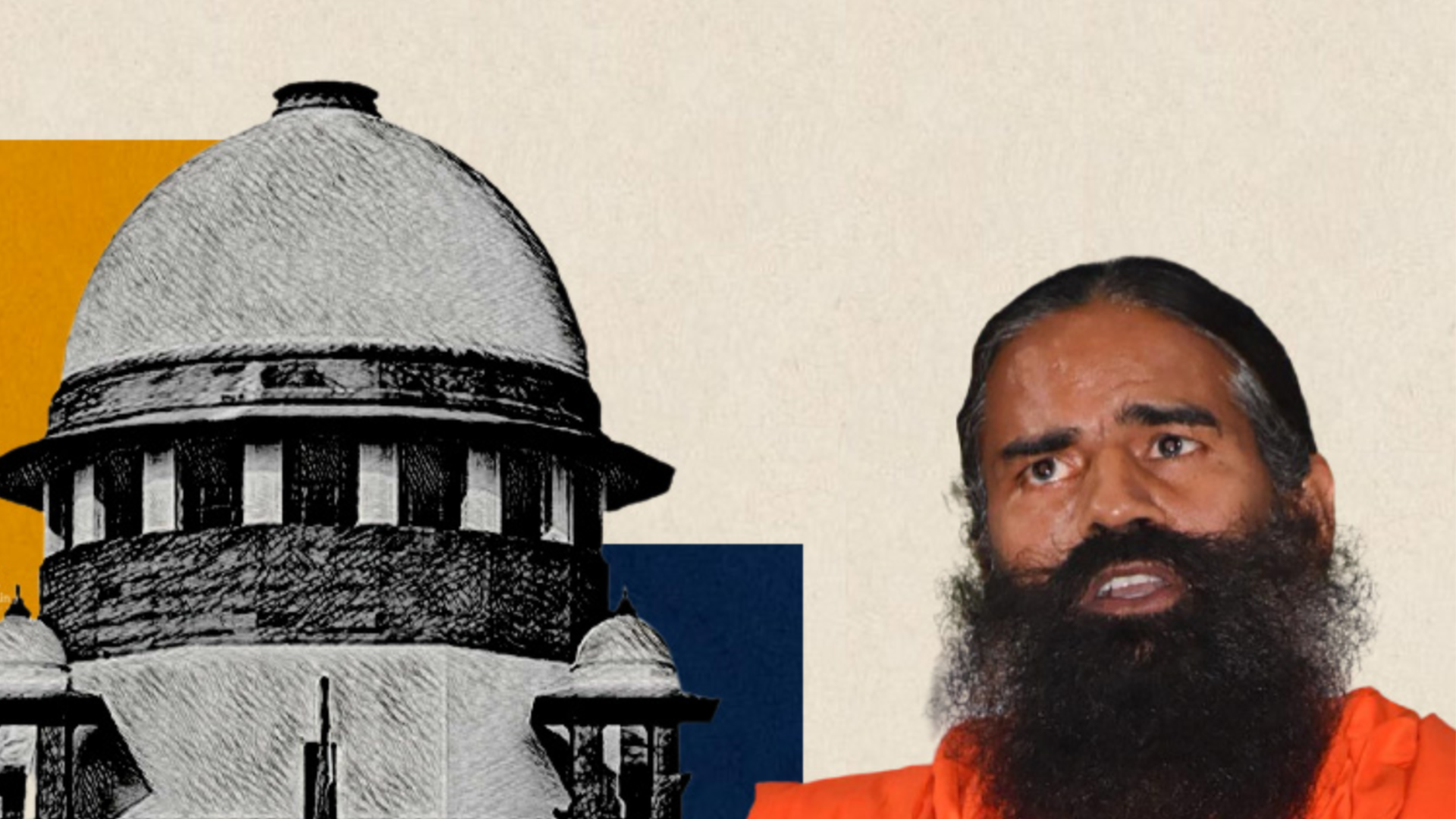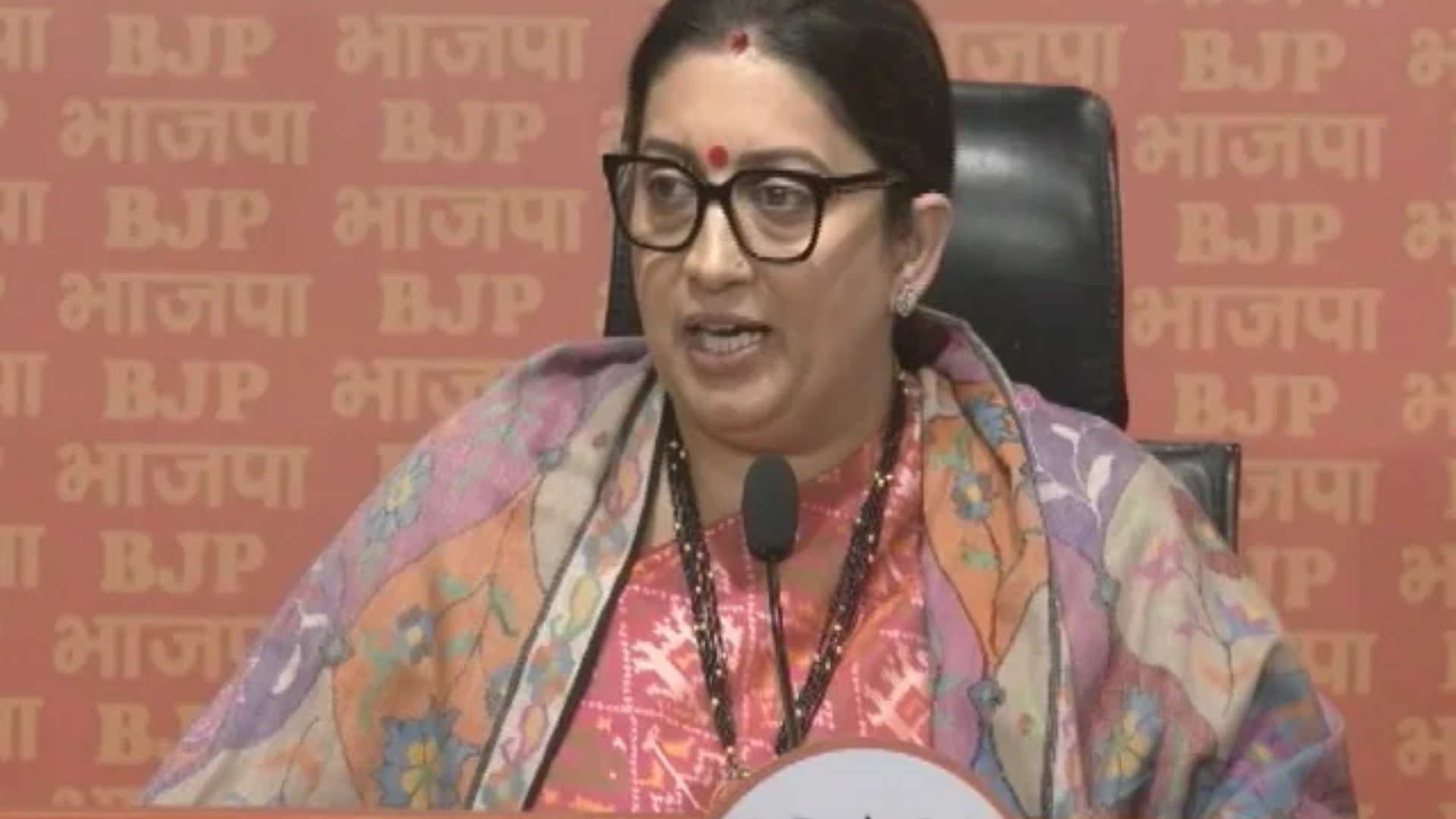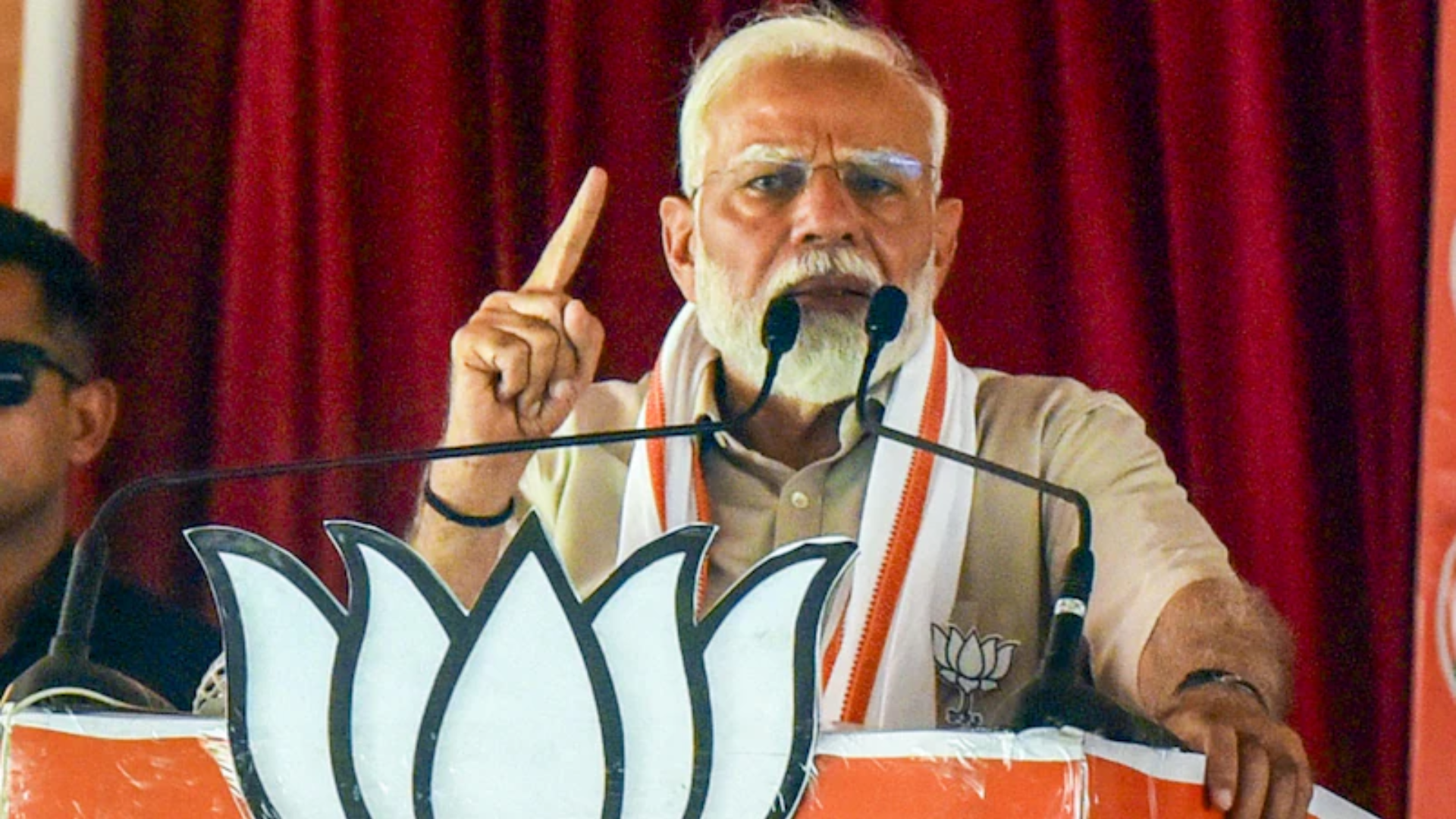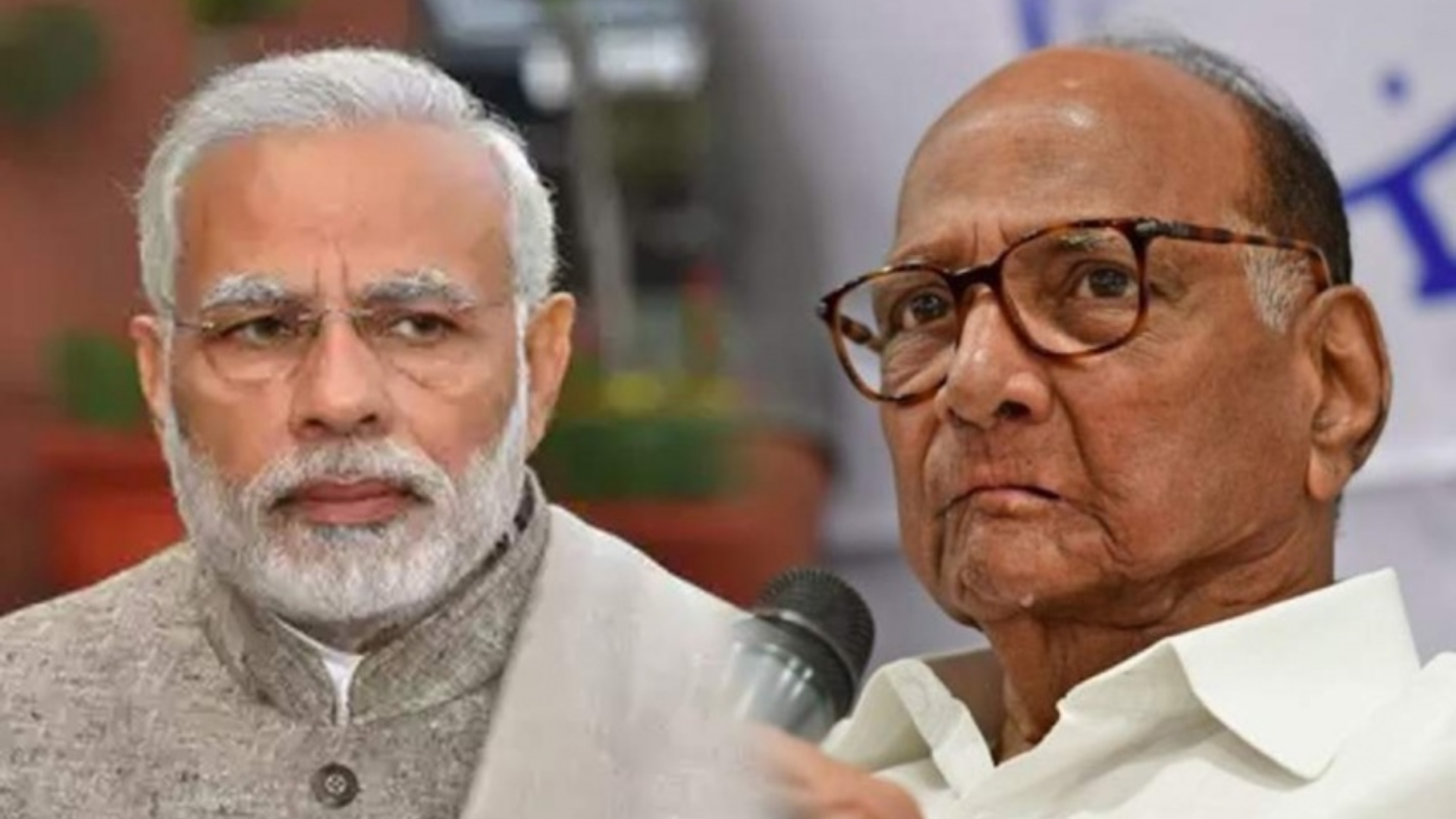


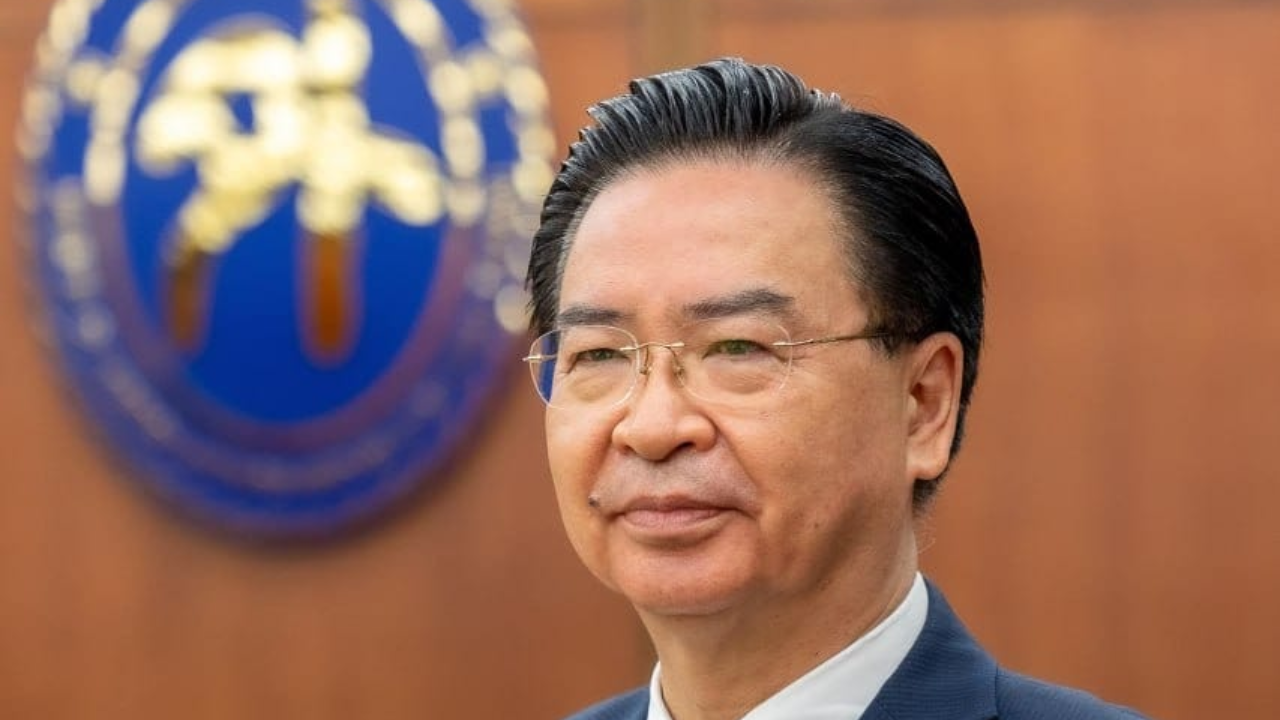
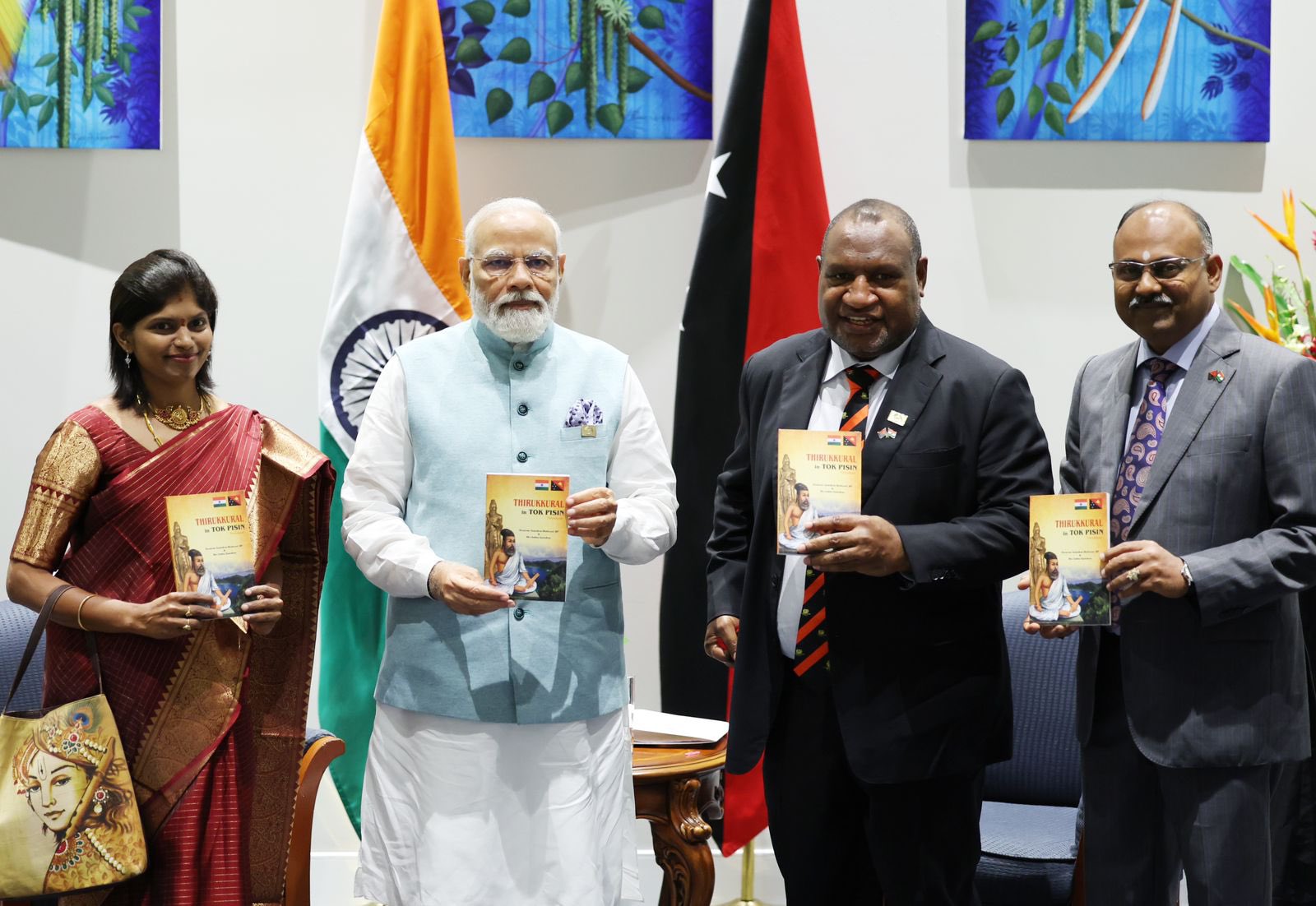
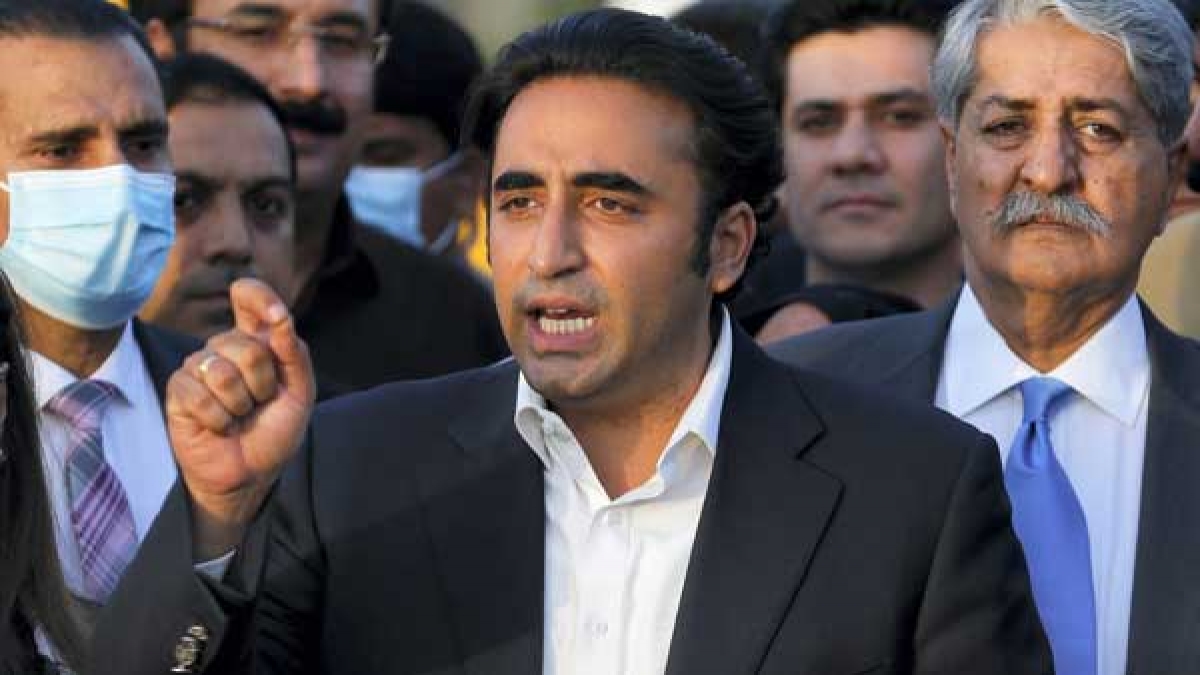

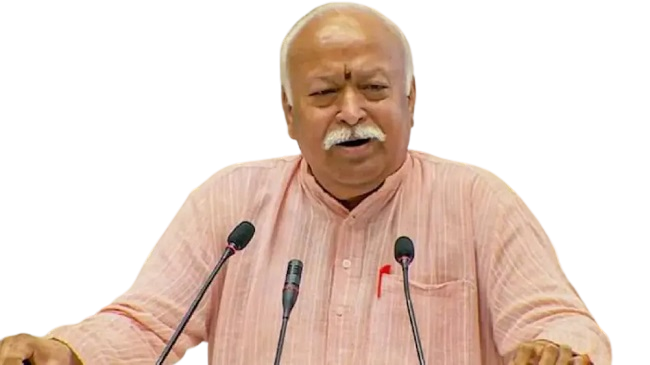
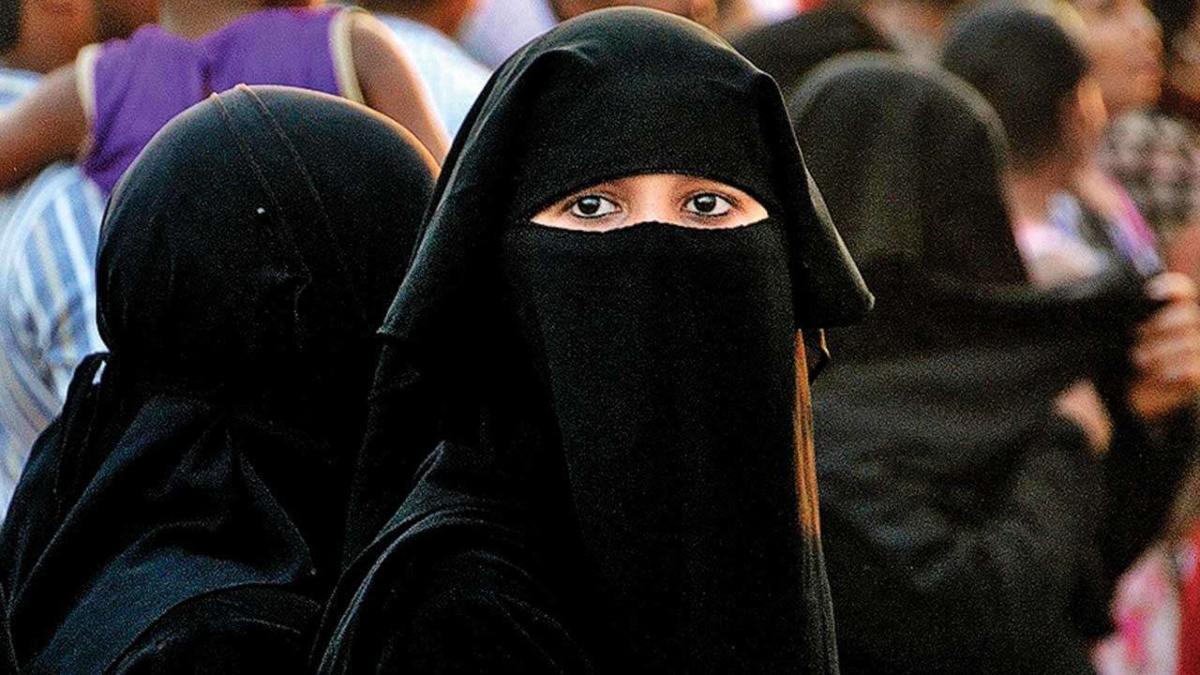
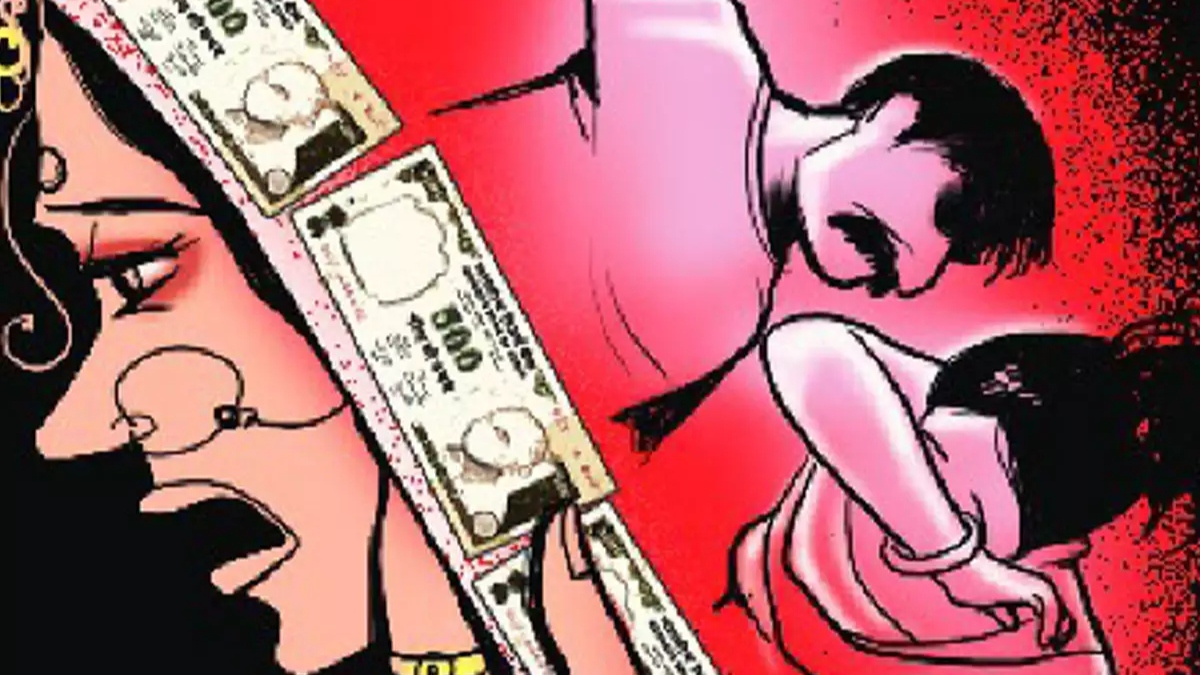

Chirag Paswan, the 38-year-old two-time MP from Jamui and president of the Lok Janshakti Party (LJP), is suave, English speaking and city-bred. The fact that he has managed to project himself as a noteworthy runner in the race for the new Assembly in Bihar shows the evolution of the Bihari politician from a time when one could not look beyond bloody caste wars.
No other politician exemplifies this evolution better than Chirag Paswan, who is the scion of a party whose politics centered around one of the most backward communities in the country, does. For the whole of his political career, Chirag’s father Ram Vilas, lived a rustic persona that would have allowed his caste people to identify with him easily. But, Chirag is a different story in political branding, and in this positioning one can see the changing profile of the Bihari electorate.
The organised character of caste wars may have been a thing of the past, but caste persists. So do the aspirations of the youthful voter who has grown up on the smartphone and its myriad app ecosystem, which feeds personal and class ambitions. With a background in engineering and Bollywood, Chirag’s personality and muscular appearance has an instant appeal for this generation that goes beyond a political surname.
Also read: Bihar polls: Nitish Kumar played his innings, he will be sent into retirement says Sanjay Raut
Also read: Bihar elections: Independent candidate from Hayaghat shot at ahead of Phase 3 polls
But the difference between Chirag and his late father does not end with their personalities.The difference is starker in their brands of politics. The LJP’s best performance happened in 2005, when it won 29 seats in the Bihar Assembly election.Since then, it has been a downward slide. The party managed to win a mere two seats in the 2015 Assembly election. It shows that the party has not been able to grow beyond its caste vote, leave aside finding support among other Dalit groups.
Chirag Paswan realizes this limitation and the changing profile of the Bihari electorate. He has seen his father unable to emerge as a pan-state leader despite his long run in politics. Just as Mayawati realised how she needed to top up Jatav votes with either Brahmin or Muslim votes, Chirag is propagating an updated image of his party. His communication with the potential supporters is on the issue of development, while the older line of caste support stays live.
This change of strategy is visible in the vision document released by his party for the 2020 Assembly election. It promises a film city and coaching city in Bihar, an overhaul of the education system – all aimed at aspirational youth across caste fault lines – FIRs against officials for bureaucratic delays, etc. Compare this with the party’s 2015 manifesto, where the main highlights included caste-based reservation in private sector jobs, development of of Dalit areas as Ambedkar Bastis and a 100-bed residential hostel in every block for Scheduled Caste (SC) students.
Unlike his father, whose politics was about Dalit empowerment, Chirag makes no such clear distinction. In his public addresses, he says that all castes – be they forward, Dalit or backward – are plagued with problems and need to come together to develop Bihar. And to do this, they have to remove the incumbent chief minister Nitish Kumar. In a recent interview in The Indian Express, Chirag has said that there has been way too much focus on caste politics in the state, and according to him poverty was the only caste.
Chirag is spinning a more modern and inclusive narrative around his politics by putting his caste identity on the back burner. He is attempting to break away from the image of a caste leader. Instead he projects himself as a pan-state leader who can bring progress to the entire state and its citizen, which shows in his first major branding exercise of the ‘Bihar First, Bihari First’ campaign that he launched in February this year.
The vision document of the ‘Bihar First, Bihari First’ campaign talks about the lost glory of the state, the role Bihar played in freedom struggle and the tall leaders that the state has produced. It goes on to say how ‘Bihari’ has become a cuss word in other parts of the country and how the time has come to reclaim the lost ‘Bihari Asmita’. Targeting his opponents, his slogan this time is, ‘They are fighting to rule over Bihar. We are fighting for Bihar’s Pride.’
The ‘Bihari Asmita’ messaging has similarities with the messaging of Narendra Modi who has, in the past, spoken about ‘Gujarati Asmita’ during Assembly elections. Also like Prime Minister Modi, Chirag has released a video titled ‘Man ki Baat with Chirag Paswan’, in which people talk about their problems.
This type of compact messaging used with modern electioneering strategies has made people, especially in the middle class both within and outside the state, notice Chirag. With a little push from the Bharatiya Janata Party (BJP) – Chirag does not hide his admiration for Modi, and the BJP keeps downplaying his quasi-rebellion within the National Democratic Alliance – Chirag is visible in the state and the national media. A positive media profile allows even the most nativist of politicians to gain wider acceptability. (Who knows it better than Modi!) Chirag’s inter-caste, inter-class pitch in Bihar, when amalgamated with the media branding, can make him look weightier than his actual vote share or number of seats his party eventually wins can allow him to be.
Disclaimer: Opinions expressed in this article are those of the author. They do not purport to reflect the views of NewsX.
The author is a communications professional and co-founder of RISAP, a political consultancy firm. He can be reached on Twitter at @samarthsaran.
Also read: Bihar polls: ‘Need Nitish Kumar for development’, says PM Modi in an open letter


